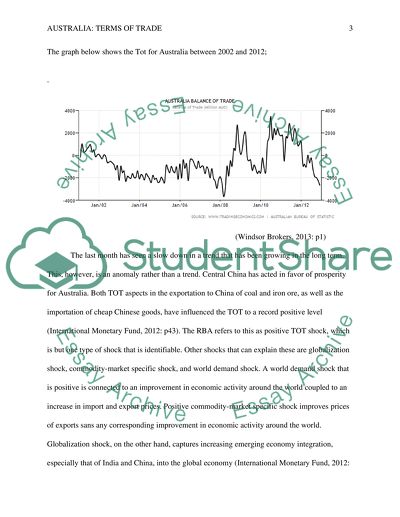Cite this document
(“Australia: Terms of Trade Essay Example | Topics and Well Written Essays - 2000 words”, n.d.)
Australia: Terms of Trade Essay Example | Topics and Well Written Essays - 2000 words. Retrieved from https://studentshare.org/macro-microeconomics/1466411-ypwhile-the-budget-factored-in-a-decline-in
Australia: Terms of Trade Essay Example | Topics and Well Written Essays - 2000 words. Retrieved from https://studentshare.org/macro-microeconomics/1466411-ypwhile-the-budget-factored-in-a-decline-in
(Australia: Terms of Trade Essay Example | Topics and Well Written Essays - 2000 Words)
Australia: Terms of Trade Essay Example | Topics and Well Written Essays - 2000 Words. https://studentshare.org/macro-microeconomics/1466411-ypwhile-the-budget-factored-in-a-decline-in.
Australia: Terms of Trade Essay Example | Topics and Well Written Essays - 2000 Words. https://studentshare.org/macro-microeconomics/1466411-ypwhile-the-budget-factored-in-a-decline-in.
“Australia: Terms of Trade Essay Example | Topics and Well Written Essays - 2000 Words”, n.d. https://studentshare.org/macro-microeconomics/1466411-ypwhile-the-budget-factored-in-a-decline-in.


